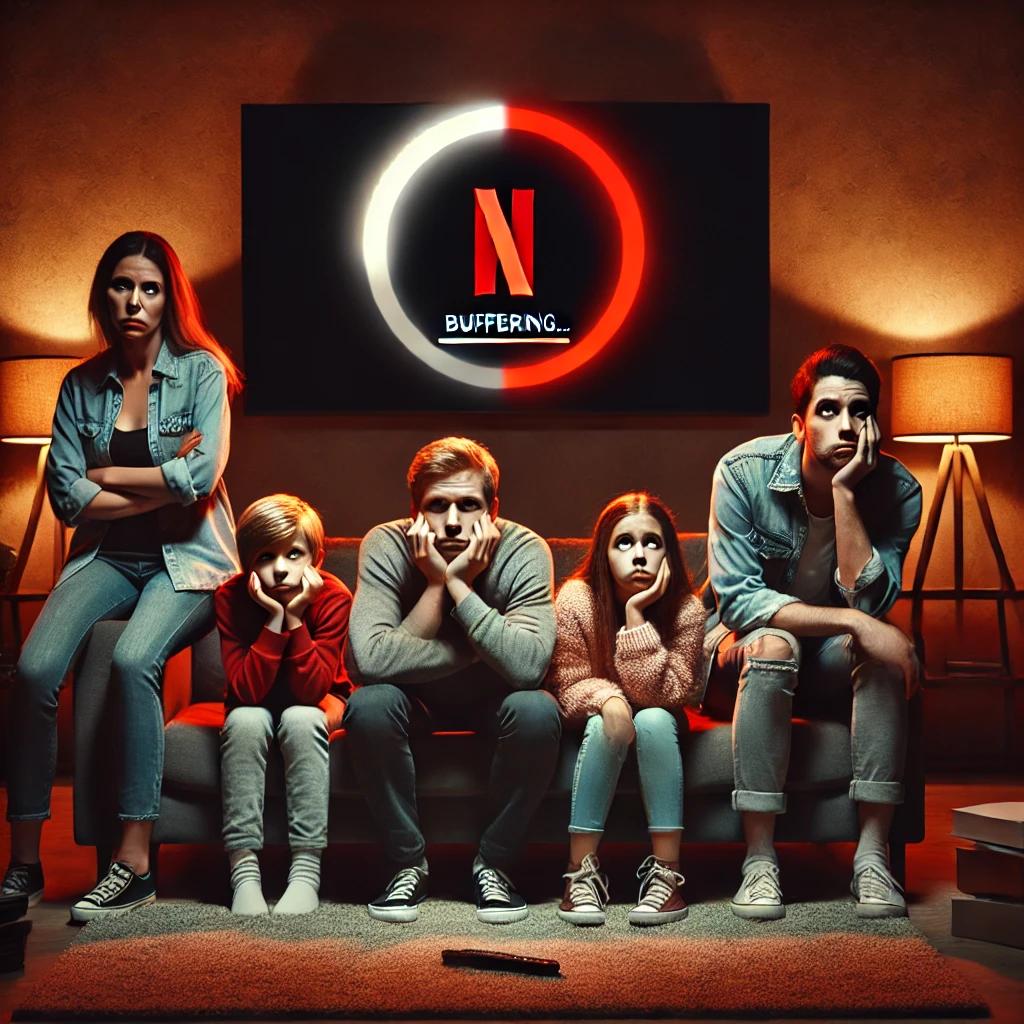When Netflix’s infrastructure faltered during the massively anticipated Mike Tyson vs. Jake Paul fight on November 15, 2024, it exposed a critical truth about modern streaming architectures: excellence in on-demand content delivery doesn’t automatically translate to live streaming success. The event, which drew 120 million viewers, became a watershed moment for examining how even industry-leading platforms must evolve to meet changing demands.
Netflix has long set the gold standard for streaming infrastructure. Its Open Connect CDN and pioneering work in chaos engineering have revolutionized how we think about system resilience. Yet the challenges of live streaming—with its requirements for real-time processing and synchronized global delivery—present a fundamentally different technical challenge than serving on-demand content.
During the fight, viewers experienced the classic symptoms of system overload: buffering, pixelation, and complete service interruptions. These issues stemmed from the distinct technical demands of live content delivery, where there’s no opportunity to pre-position content or leverage the careful load balancing strategies that make Netflix’s traditional streaming so reliable.
READ ALSO: That’s The Way The Cookie Crumbles: Google Chooses Revenue Over User Privacy
Amazon’s success with NFL Thursday Night Football provides an instructive contrast. Through AWS, Amazon has built a comprehensive live streaming infrastructure that combines cloud computing power with specialized media services. Their ownership of Twitch has provided valuable experience in managing the unpredictable demands of live audiences. This expertise shows in their consistent delivery of high-profile live events without major incidents.
Netflix’s path forward requires focusing on five critical areas:
- CDN Architecture Evolution
- Redesigning for real-time content delivery
- Implementing more sophisticated edge caching strategies
- Video Processing Pipeline
- Developing advanced compression technologies
- Optimizing for low-latency encoding and transcoding
- Real-time Analytics
- Deploying AI-driven monitoring systems
- Enabling immediate anomaly detection and response
- Adaptive Streaming Algorithms
- Refining bitrate adaptation for live contexts
- Improving buffer management during peak loads
- Load Testing Framework
- Implementing more rigorous stress testing
- Simulating extreme concurrent viewer scenarios
Despite this setback, Netflix’s infrastructure remains a masterclass in system design. Their challenge now lies in adapting their considerable technical expertise to the unique demands of live streaming. The company’s history suggests they will likely transform this failure into an opportunity for innovation, potentially establishing new industry standards for live content delivery.
For the broader technology community, Netflix’s experience offers valuable insights into the complexities of modern streaming architectures. It demonstrates that even the most sophisticated systems must continuously evolve to meet new challenges. More importantly, it reminds us that technical excellence in one domain doesn’t automatically transfer to another without careful adaptation and testing.
The impact extends beyond technical considerations. When millions of viewers lose access to a highly anticipated event, it affects brand trust and market position. However, Netflix’s response to this challenge will likely advance the entire field of live-streaming technology, benefiting both providers and consumers across the industry.

Nabeil Sarhan, MBA, is a dynamic technology delivery manager with over 15 years of experience in tech, cybersecurity, and computing scalability. He excels in leading diverse teams and delivering enterprise-class systems across industries such as healthcare, finance, and retail. Nabeil’s passion for solution design, systems architecture, and performance optimization makes him a sought-after consultant. He holds degrees from Harvard, MIT, and Bryant University. Connect with Nabeil on LinkedIn or Twitter
